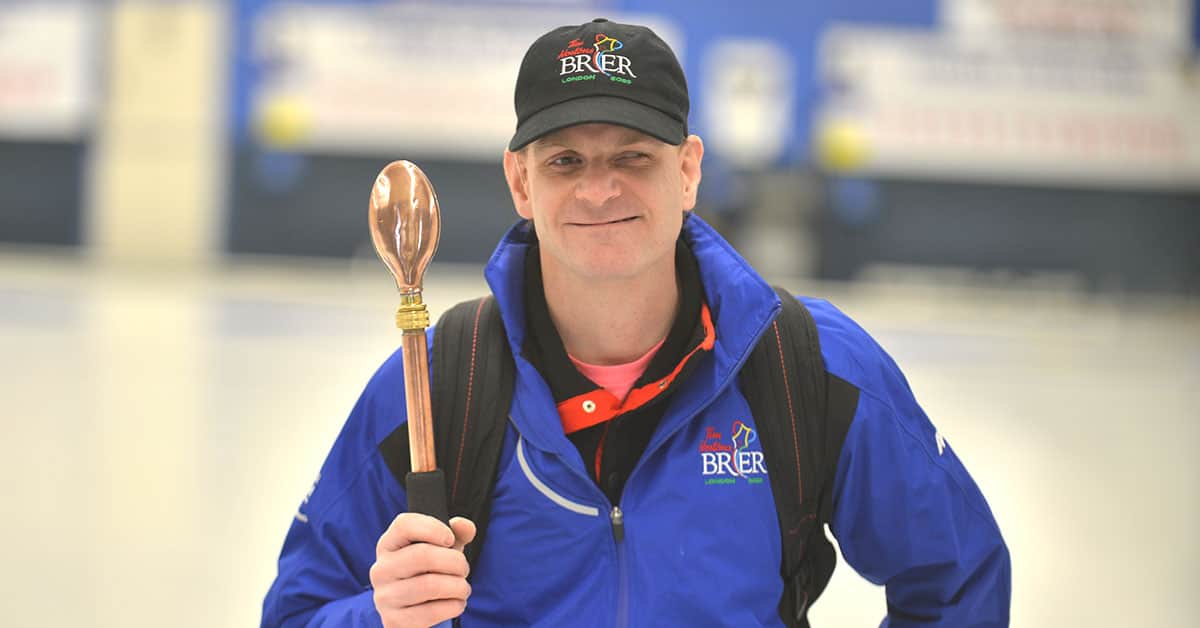;
;
;
Next Article
Pork producers go whole hog with new cookbook

When curling legend Brad Gushue won his record-setting fifth Canadian men’s national championship at this year’s Brier in London, Ont. on Sunday, he did so on ice that an Elmira resident had a hand in creating. Ken Irwin, who is in his first season as the head ice technician at the Elmira Curling Cl
Last updated on May 03, 23
Posted on Mar 16, 23
2 min read
